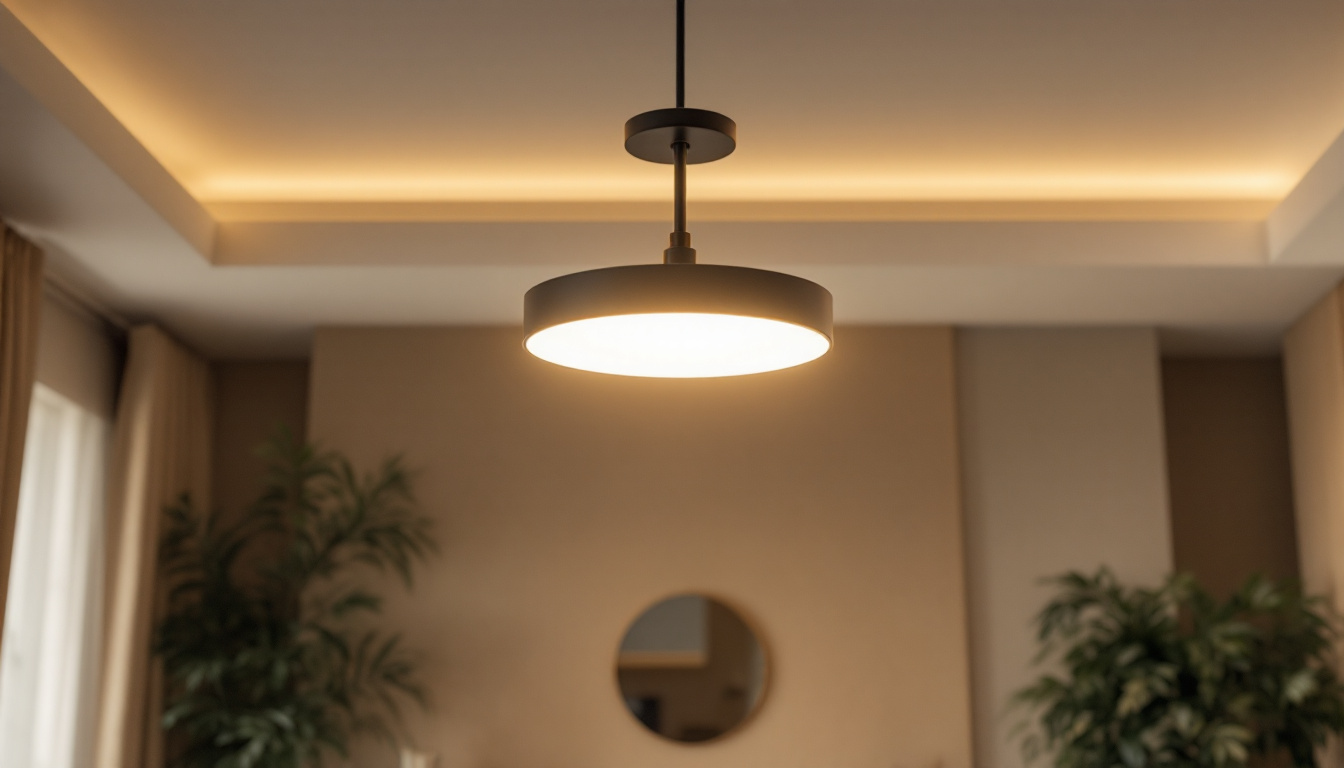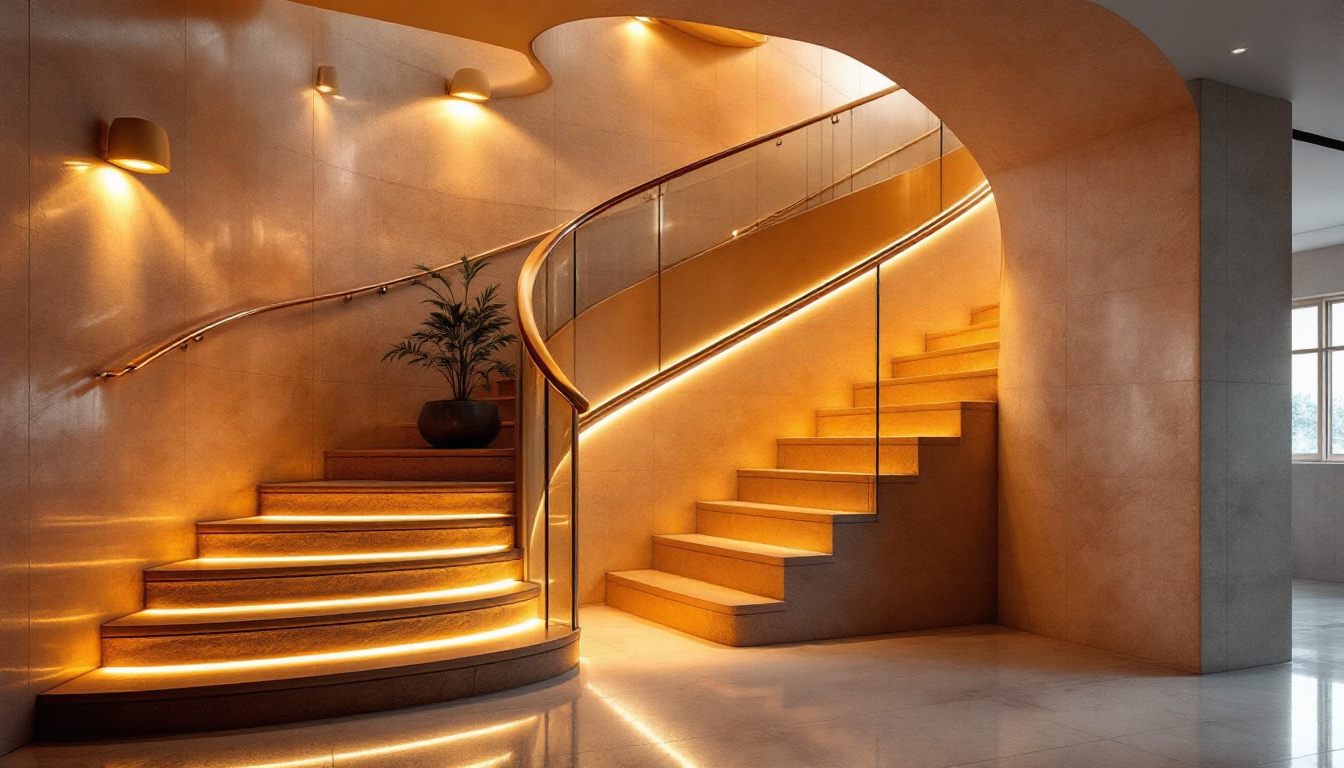
In the ever-evolving world of lighting technology, Type S LED lights have emerged as a popular choice for both residential and commercial applications. Their energy efficiency, long lifespan, and versatility make them an attractive option for lighting contractors looking to optimize their projects. However, to truly harness the potential of Type S LED lights, it is essential to understand how to maximize their efficiency. This article delves into various strategies and best practices for lighting contractors to ensure that Type S LED lights are utilized effectively.
Type S LED lights, distinguished by their slim profile and high lumen output, are designed to provide bright, efficient lighting in a compact form. They are often used in applications ranging from recessed lighting to task lighting, making them a versatile choice for various settings. Their sleek design allows them to fit seamlessly into modern architectural styles, enhancing the aesthetic appeal of any space while delivering optimal illumination.
These lights operate using solid-state technology, which allows for greater energy efficiency compared to traditional incandescent or fluorescent bulbs. This efficiency translates to lower energy bills and reduced environmental impact, making Type S LED lights a smart choice for sustainable lighting solutions. Furthermore, the reduced heat output of LED technology not only ensures safety but also contributes to a more comfortable environment, especially in spaces where lighting is used for extended periods.
One of the standout features of Type S LED lights is their ability to produce high-quality light while consuming minimal energy. They typically have a Color Rendering Index (CRI) of 80 or higher, ensuring that colors appear vibrant and true to life. Furthermore, they are available in various color temperatures, allowing for customization to suit different environments. For instance, warmer tones can create a cozy atmosphere in residential settings, while cooler tones are often preferred in commercial spaces to promote alertness and productivity.
Another significant advantage is their long lifespan, often exceeding 25,000 hours. This longevity reduces the frequency of replacements, leading to lower maintenance costs and less waste. Additionally, Type S LED lights are designed to operate in a wide range of temperatures, making them suitable for both indoor and outdoor applications. Their durability is further enhanced by resistance to shock and vibration, making them ideal for use in high-traffic areas or locations prone to physical impact. As a result, Type S LED lights not only provide exceptional performance but also offer peace of mind in terms of reliability and safety.
Proper installation is crucial for maximizing the efficiency of Type S LED lights. Lighting contractors must adhere to best practices to ensure that these lights perform optimally and provide the desired lighting effect.
The placement of Type S LED lights can significantly impact their efficiency and effectiveness. It is essential to consider the intended use of the space when determining where to install these lights. For instance, in task-oriented areas such as kitchens or workspaces, positioning lights to minimize shadows and provide even illumination is vital.
Additionally, avoiding obstructions that could block light distribution is crucial. Lighting contractors should evaluate the layout of the space and consider factors such as furniture placement and wall colors, which can affect how light is perceived and distributed.
Ensuring that the wiring and electrical systems are compatible with Type S LED lights is another critical aspect of installation. These lights typically require a lower voltage than traditional bulbs, so it’s essential to check that the existing wiring can support their operation without causing flickering or dimming.
Using compatible dimmer switches can also enhance the functionality of Type S LED lights. Not all dimmers work with LED technology, so selecting the right dimmer can improve energy efficiency and provide more control over lighting levels.
Maximizing energy efficiency is a primary concern for lighting contractors and their clients. Type S LED lights offer several features that can contribute to energy savings, but understanding how to leverage these features is key.
Incorporating smart lighting controls can significantly enhance the efficiency of Type S LED lights. Smart controls allow for automation, enabling lights to turn on or off based on occupancy or ambient light levels. This feature not only conserves energy but also extends the lifespan of the lights by reducing unnecessary usage.
Additionally, integrating systems that allow for remote control and scheduling can provide further energy savings. For example, contractors can install sensors that adjust lighting based on the time of day or occupancy, ensuring that lights are only used when needed.
Another effective strategy for optimizing energy efficiency is to leverage natural light. Positioning Type S LED lights in conjunction with windows and skylights can reduce the need for artificial lighting during daylight hours. This approach not only saves energy but also enhances the overall aesthetic of a space by creating a more inviting atmosphere.
Contractors should assess the natural light availability in a given area and adjust the lighting design accordingly. This might include using dimmable LED lights that can be adjusted based on the amount of natural light present, ensuring that the space remains well-lit without excessive energy consumption.
Regular maintenance is essential for ensuring that Type S LED lights continue to operate at peak efficiency. While these lights are known for their longevity, neglecting maintenance can lead to diminished performance over time.
Conducting routine inspections of lighting installations can help identify any issues before they escalate. Lighting contractors should check for signs of wear, such as flickering lights or discoloration, which may indicate that a replacement is needed. Regular inspections can also help ensure that the fixtures are clean and free from dust and debris, which can impede light output.
Moreover, keeping an eye on the electrical connections and wiring can prevent potential hazards and ensure optimal performance. Addressing minor issues promptly can save time and costs in the long run.
As technology advances, upgrading components of the lighting system can lead to improved efficiency and performance. For instance, replacing older dimmer switches with newer, more compatible models can enhance the overall functionality of Type S LED lights.
Additionally, staying informed about the latest advancements in LED technology can provide insights into new products that offer better performance or energy savings. By continually evaluating and upgrading components, lighting contractors can ensure that their installations remain efficient and up to date.
Examining successful implementations of Type S LED lights can provide valuable insights for lighting contractors. These case studies highlight the practical applications of the strategies discussed and demonstrate the benefits of optimizing for maximum efficiency.
In a recent project involving a commercial office space, lighting contractors implemented Type S LED lights throughout the building. By strategically placing lights in collaboration with natural light sources, they were able to reduce energy consumption by over 30% compared to the previous lighting system.
The use of smart controls further enhanced efficiency, allowing employees to customize their lighting preferences based on individual needs. This project not only resulted in significant energy savings but also improved employee satisfaction and productivity.
Another case study involved a retail environment where Type S LED lights were installed to enhance product visibility and appeal. By utilizing a combination of task lighting and ambient lighting, the store created an inviting atmosphere that encouraged customer engagement.
Regular maintenance and inspections ensured that the lights remained in optimal condition, contributing to a consistent shopping experience. The retailer reported a noticeable increase in sales, attributing part of this success to the effective lighting design that showcased products effectively.
The future of Type S LED lighting looks promising, with ongoing advancements in technology and design. As energy efficiency continues to be a priority, manufacturers are developing new features that enhance the performance and versatility of these lights.
One of the most exciting developments is the integration of Type S LED lights with the Internet of Things (IoT). This technology allows for more sophisticated control and monitoring of lighting systems, enabling contractors to provide clients with enhanced solutions tailored to their specific needs.
With IoT integration, lighting systems can collect data on usage patterns, allowing for more informed decisions regarding energy consumption and maintenance schedules. This level of insight can lead to even greater efficiency and cost savings for clients.
As sustainability becomes increasingly important, the demand for energy-efficient lighting solutions like Type S LED lights is expected to grow. Manufacturers are likely to focus on creating products that not only meet energy efficiency standards but also utilize sustainable materials and production processes.
Lighting contractors who stay ahead of these trends will be well-positioned to meet the evolving needs of their clients and contribute to a more sustainable future.
Optimizing Type S LED lights for maximum efficiency requires a multifaceted approach that includes proper installation, energy management, regular maintenance, and staying informed about technological advancements. By implementing best practices and leveraging the unique features of these lights, lighting contractors can deliver exceptional results for their clients.
As the lighting industry continues to evolve, embracing innovation and sustainability will be crucial for success. Type S LED lights represent a significant step forward in energy-efficient lighting solutions, and with the right strategies in place, contractors can ensure that they are utilized to their fullest potential.
Ready to elevate your lighting projects with the efficiency and sustainability of Type S LED lights? Look no further than LumenWholesale, where we provide contractors with the highest quality, spec-grade lighting products at unparalleled wholesale prices. Say goodbye to local distributor markups and hello to our extensive selection that meets rigorous industry standards. With LumenWholesale, you can enjoy the convenience of bulk buying with free shipping, ensuring you get the premium lighting you need at the best value. Don’t compromise on quality or cost—choose LumenWholesale for your lighting solutions. Wholesale Lighting at the Best Value is just a click away.

Discover how outdoor solar lights for pathways can revolutionize energy efficiency in your home.

Discover the essential insights every lighting contractor needs to know about ceiling light fixtures.

Discover essential tips and strategies to sidestep expensive errors in lighting projects.

Illuminate your home’s interior with precision using our comprehensive checklist for indoor stairway lighting.